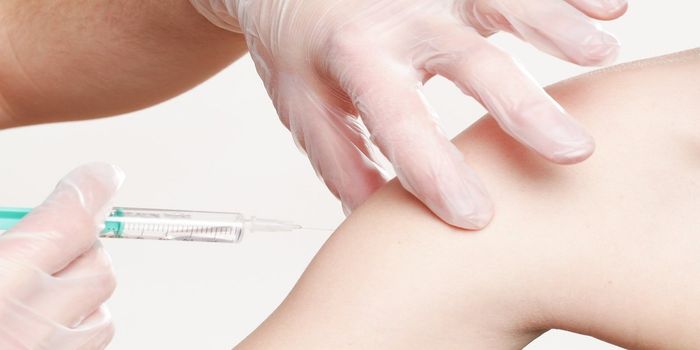Snakes, scorpions, and jellyfish have one thing in common - they all contain venom designed to inflict pain, incapacitate, or even kill preys and predators. While some of these venoms can be extremely powerful, the likelihood of someone dying from a snakebite (at least in the US) is relatively low when there's an antivenom readily available. But how does antivenom counteract the lethal effects of venom?
To understand how antivenom works, we have to first know how venom acts. In essence, venom are proteins that bind to certain channels on the cell's surface. In the case of chlorotoxin, a venom from the deathstalker scorpion, binding occurs on the muscle cells, causing paralysis and eventually death.
Antivenom are also proteins (antibodies) that bind to the venom and prevent it from blocking the cell surface channels. Importantly, antivenom can block binding, but it can't reverse the effects of venom once these proteins have already lodged into the cells.
We are fortunate enough to have antivenom for a good number of dangerous animals. However, the process of making these lifesaving cures is long and complicated. Watch the video to find out how antivenoms are produced and why it is no walk in the park.








